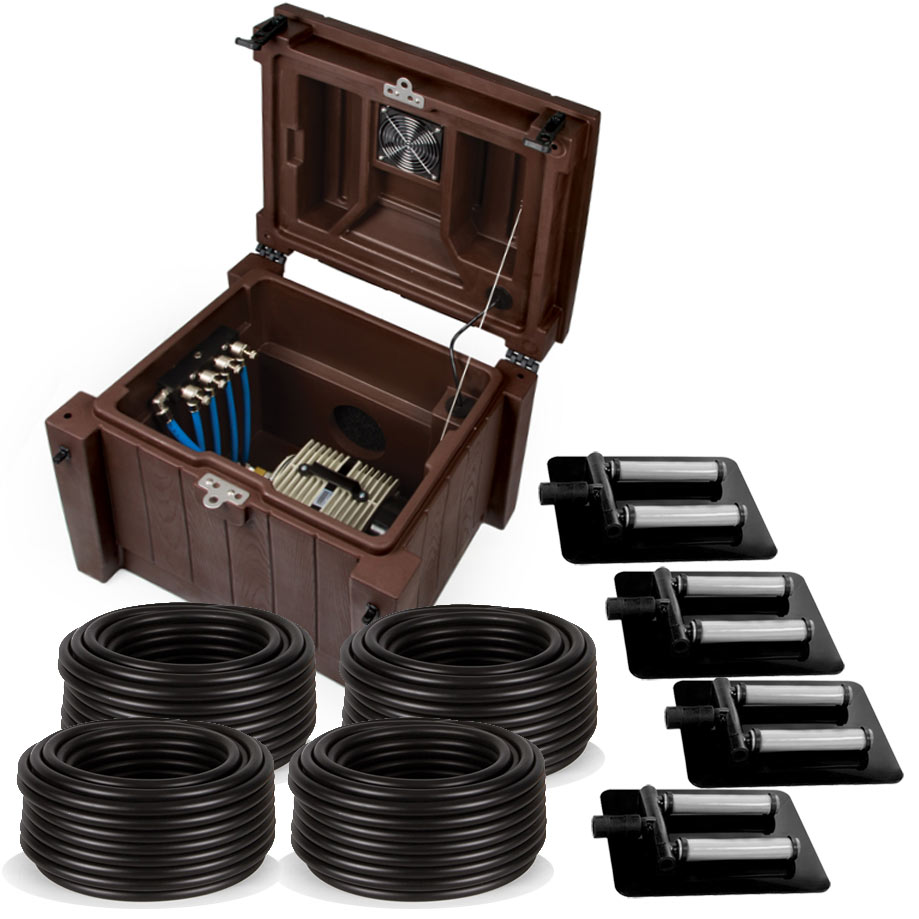Subsurface Aeration is the most effective way to aerate large natural ponds. A subsurface aeration system not only increases oxygen levels in your pond, it also helps to greatly reduces organic matter and sludge buildup on the bottom – reducing nutrients, algae blooms and aquatic weeds.
But finding the right type and size of aeration system for your pond can be confusing. The size, depth and shape of you pond are all important factors in determining which aeration system will work the most effectively. Keep reading to see how we break down each of these factors and take the guess work out of picking the right subsurface aeration system
To learn more about the benefits of pond aeration, see our Aeration – The Key to a Clear Natural Pond page to see how aeration can improve your pond.
If you would like to have an aeration system installed in your pond, visit our Large Pond Maintenance & Installation Services page for more information.
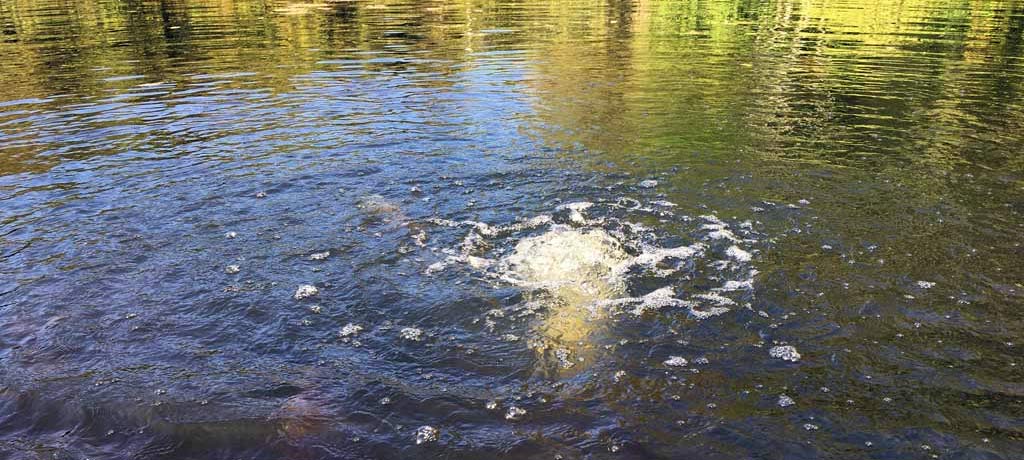
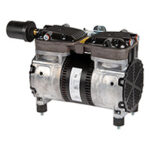
Compressors – Compressors are the heart of the aeration system. It produces compressed air that is delivered to the bottom of the pond via airline tubing. Compressors are typical placed on the shore, near the edge of the pond, however they can also be placed several hundred feet away from the pond. There are several different types of compressors that are used in ponds, such as Diaphragm compressors, Linear Piston compressors, Rocking Piston compressors and Rotary Vane compresors. The type and size of compressor needed depends on the size and depth of the pond.
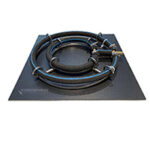
Diffusers – Pond air diffusers connect to the airline and sit on the bottom of the pond. Diffusers are designed to break up the compressed air coming from your compressor and create fine bubbles with high surface area to maximize oxygen exchange. Once these fine bubbles are released from the diffuser, they rise through the water column creating a strong convection current pulling low oxygen water along with them to the surface where more gas exchange occurs. There are several types and styles of air diffusers to choose from.
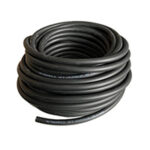
Tubing – Airline tubing carries the air produced by the compressor down to the bottom of the pond where it connects to the a diffuser. The most popular type of pond airline tubing used is Self-Weighted Tubing. Weighted airline tubing is usually made from PVC and its thick walled design makes it heavy enough so it automatically sinks to the bottom of the pond with out the need for extra weights. There are othe types of tubing, such as Vinyl tubing that are thin walled and will float when the compressor is running.
If you are planning to install an aeration system in your pond, there are 3 important attributes of your pond that you need to consider to properly size the system.
Often, the most overlooked factor to consider when installing a subsurface aerator is the depth of your pond. When considering an aeration system, ponds can basically be divided into 2 categories – shallow ponds and deep ponds.
Shallow Ponds – Ponds 6’ / 1.83 m and under are considered shallow ponds. In ponds that are 6’ deep or less, Shallow Pond aeration systems are the best choice. Linear diaphragm and linear piston compressors are the 2 types of compressors typically used in shallow ponds. These compressors are energy efficient, reliable and produce large volumes of air, but they only work in a pond with a maximum depth of 6’ to 7’.
Deep Ponds – Ponds over 6’ / 1.83 m deep fall into the deep pond category. At depths greater than 6’ / 1.83 m., there are 2 excellent options available. The most popular type are Rocking Piston compressors. They are very powerful, economical produce ample air flow and operate best at depths from 7’ to 50’. Rotary Vane compressors are becoming more popular for use in intermediate depth ponds from 5’ / 1.5 m to 16‘ / 4.9 m deep. These compressors are produce higher volumes of compared to Rocking Piston compressors, however they can’t be used very deep ponds and are more expensive.
The amount of circulation an aeration system creates is directly related to the depth of the pond. The deeper the pond, the more circulation is created.
The circulation is created by the rising air bubbles produced by the aeration system. As these bubble rise from the diffuser at the bottom of the pond, they pull water along with them to the surface. In deeper ponds, the bubbles must rise a greater distance to reach the surface creating more ‘pull’. The deeper the pond, the more water the bubbles can pull along with them.
Here is an illustration of how depth affects aeration.
Let’s see how effective a ¼ HP Aeration System is in two different ponds. The diagram below illustrates how depth affects the effectiveness of aeration.
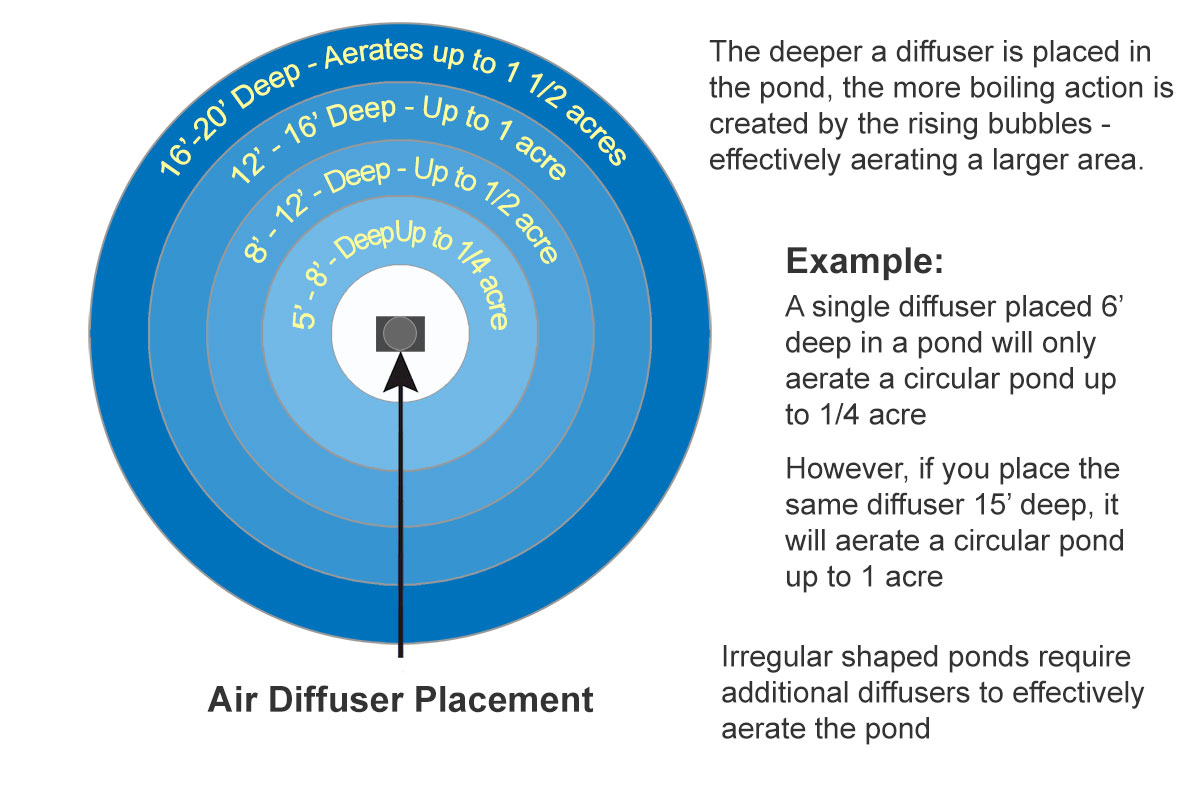
The shape of your pond also greatly influences the size and design of the aeration system.
Round or circular shaped ponds naturally lend themselves to effective aeration. In a deeper pond, 1 diffuser placed in the center of a round pond will often provide sufficient aeration. The bubbles rising from the diffuser produce a circular pattern once they spread out at the surface of the pond, creating ripples that radiate out to the edges of the pond. On the other hand, long, narrow ponds, or irregular shaped ponds often require 2 or more diffusers to effectively circulate the water in all areas of the pond.
In the diagram below, the dotted circles represents the area that 1 diffuser will effective aerate.
The circular shaped pond (figure 1) has 1 diffuser placed in the center of the pond, which essentially covers most of the pond.
The long, narrow pond (figure 2), needs 2 diffusers placed strategically in the pond to maximize their effectiveness.
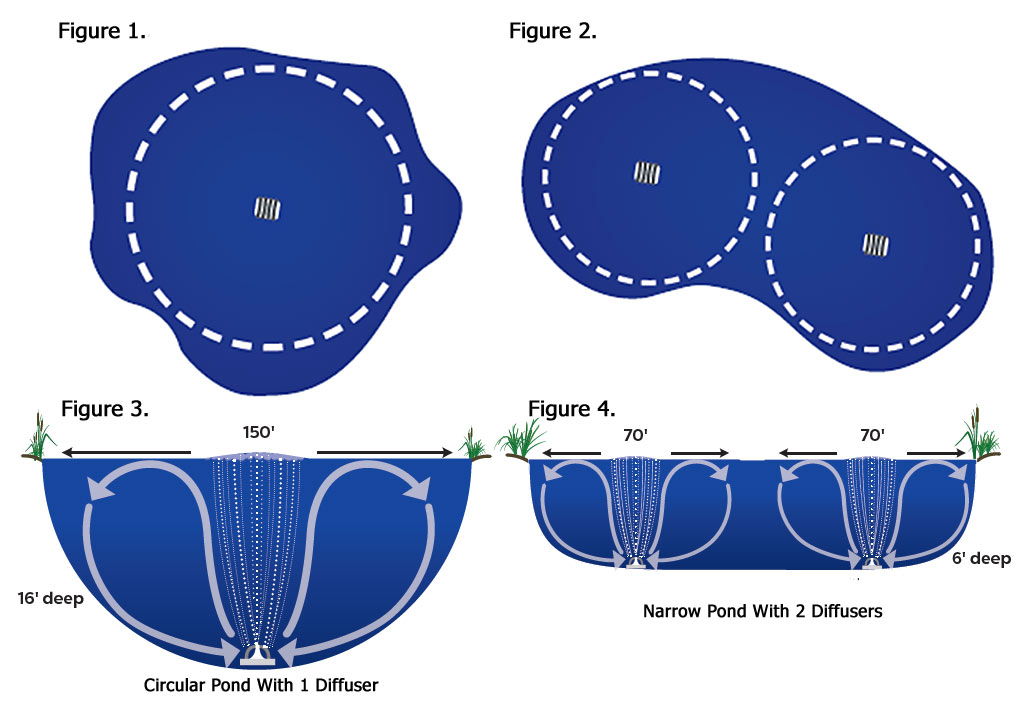
The surface area or size of a pond is directly related to the size of the aeration system needed to properly aerate the pond. Simply put, if depth and shape are the same, a larger pond will need a larger compressor that produces more air to power multiple diffusers.
If your pond is basically round and you know the approximate dimensions, use our handy calculator to determine the surface area and volume.
Now that you have better understanding of what subsurface aeration systems are and how they work, you can take this information along with the measurements of your pond to determine what size aeration system is best for you.
Let’s say you want to know what size aeration system you would need for the circular pond in figure 3 above. It is 150’ in diameter and 16’deep.
You can use the chart below ‘Area Coveres by Single Diffuser’ to determine the correct system for this pond.
To properly size an aeration system for irregular shaped ponds, it is often easiest to divide the pond up into smaller circular sections, take thhose measurements and then calculate what is needed for each section. Then find an aeration system with multiple diffusers to aerate each section. Note: Using the satellite image and scale on Google Maps can make determining the size of your pond easier.
Let’s say you want to know what size aeration system you would need for the irregular shaped pond shown in the diagram below. It is approximately 420′ long and varies from by 100′ wide up to 200′ wide. The depth also varies from and 8’deep up to 20′ deep.
The easiest way to tackle this pond is to divide it into 3 sections:
You can use the chart above to determine the correct system for each section of this pond.
Section 1:
Section 2:
Section 3:
Combine The Sections:
If you take the information you calculated for each 3 sections of the pond, you find that it you will need an aeration system with 3 diffusers to effectively aerate the entire pond. Because the deepest part of the pond is 20′ deep, a rocking piston compressor would be the best choice.
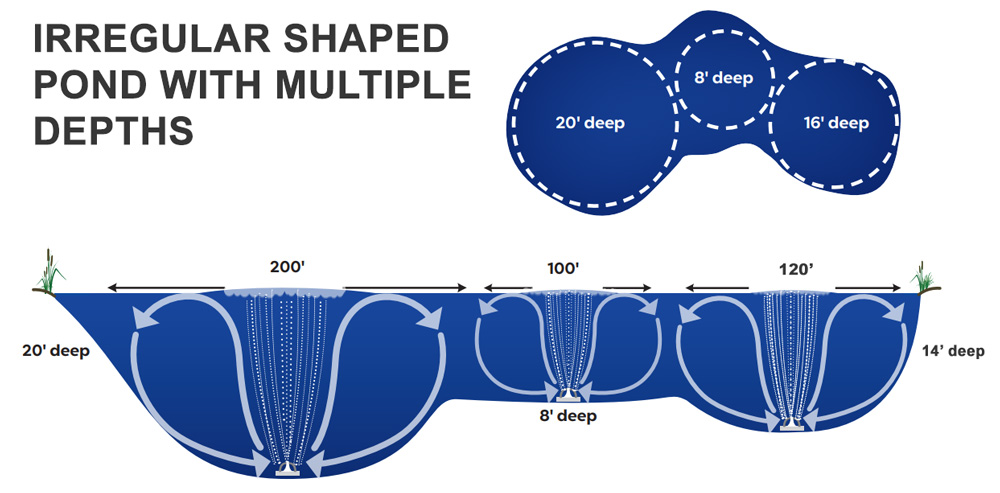
We offer quality products at great prices for your pond.
